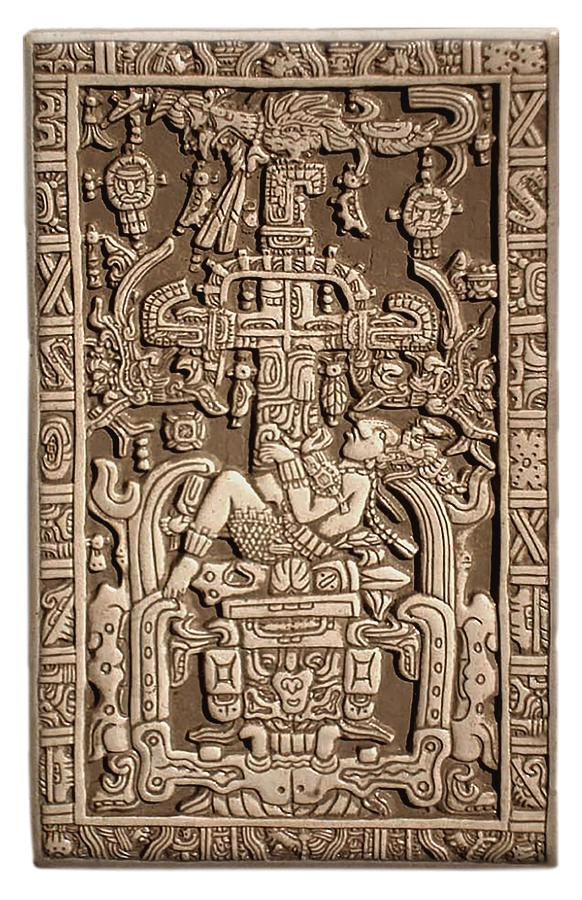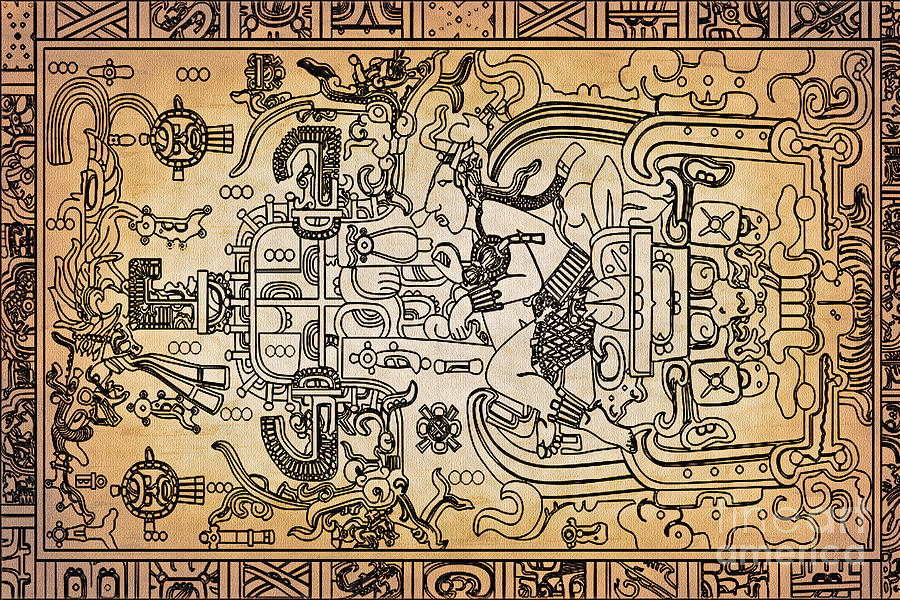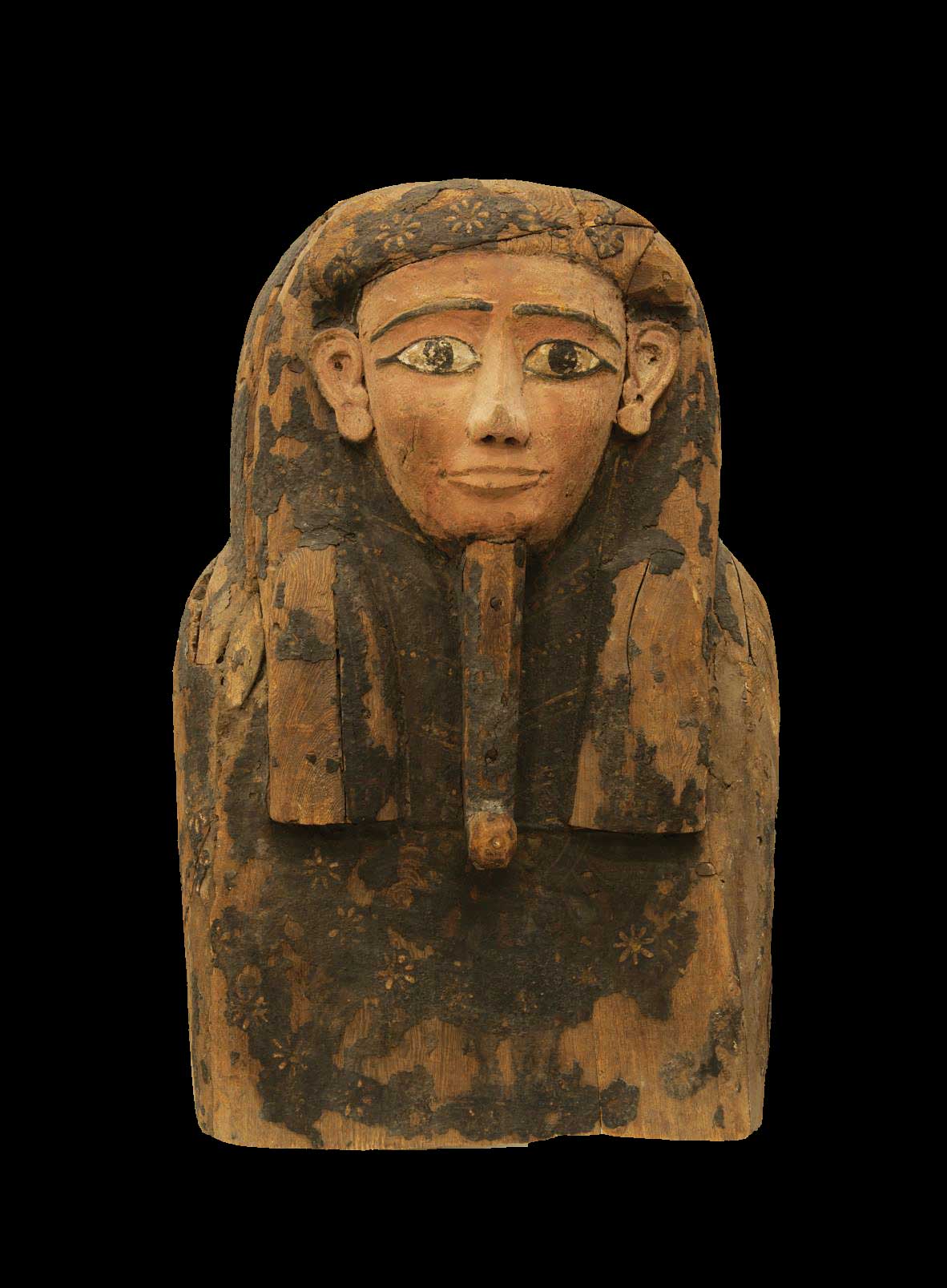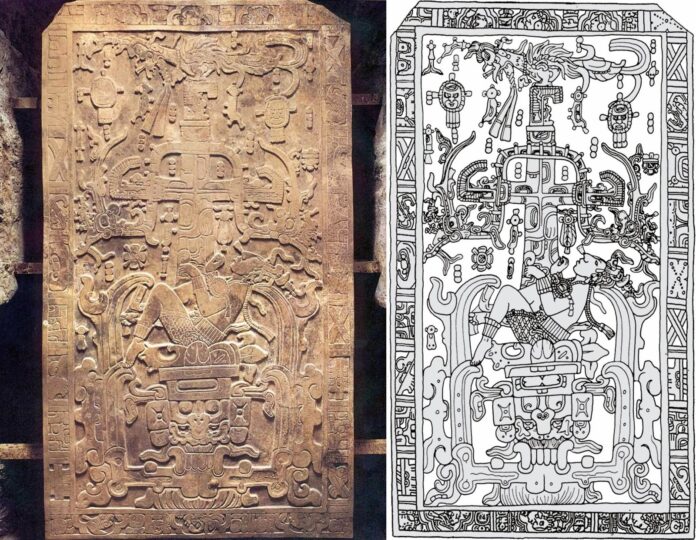The ancient Maya civilization is renowned for its remarkable achievements in art, architecture, and astronomy. Among the most iconic artifacts of this remarkable culture is the sarcophagus lid of King K’inich Janaab’ Pakal, also known as Pakal the Great, who ruled the Maya city-state of B’aakal (Bone) or Palenque for an unprecedented 68 years. This magnificent masterpiece, created around 684 AD, stands as a testament to the ingenuity and cultural richness of the Maya people.
The Life and Legacy of Pakal the Great

Pakal the Great ascended to the throne at the tender age of 12 and went on to preside over a remarkable era of prosperity and cultural flourishing in the city-state of Palenque. Under his leadership, the city experienced a golden age, becoming a center of art, architecture, and intellectual achievement. Pakal’s long and eventful reign, one of the longest in recorded history, cemented his place as a towering figure in the annals of Maya history.
The Sarcophagus Lid: A Masterpiece of Maya Art
The sarcophagus lid of Pakal the Great is a true masterpiece of Maya art and engineering. This colossal limestone slab, weighing a staggering 5 tons, depicts the moment of Pakal’s death and his descent into the Maya underworld. The intricate imagery and symbolism woven into the design of the lid offer a glimpse into the profound cosmological beliefs of the Maya people.
The Imagery and Symbolism of the Sarcophagus Lid

The sarcophagus lid is a veritable treasure trove of Maya iconography and symbolism. At the center of the composition is the “Wacah Chan,” the world tree that connects the planes of the underworld, the earthly realm, and the heavens. Adorned with mirrors and the sacred C-signs, the world tree is a representation of the cosmic axis and the cyclical nature of life and death.
Surrounding the world tree are a wealth of other symbolic elements, including the double-headed serpent bar, a symbol of Maya kingship, and the Quadripartite Sun Monster, which represents the sun’s journey through the cosmos and its descent into the underworld. The presence of the celestial bird, Itzam-Ye, and the skeletal dragons at the bottom of the composition further reinforce the idea of the transition between the mortal and the divine realms.
The Significance of the Sarcophagus Lid

The sarcophagus lid of Pakal the Great is not merely a work of art; it is a profound expression of the Maya worldview and a testament to the remarkable achievements of this ancient civilization. Through its intricate symbolism and masterful craftsmanship, the lid offers a window into the complex cosmological beliefs and the profound relationship between the earthly and the divine that were central to Maya culture.
Conclusion
The sarcophagus lid of Pakal the Great stands as a testament to the enduring legacy of the Maya civilization. This magnificent artifact, with its rich symbolism and technical mastery, continues to captivate and inspire scholars, artists, and enthusiasts alike, serving as a powerful reminder of the depth and sophistication of the Maya people’s intellectual and cultural achievements. As we delve deeper into the mysteries of this remarkable object, we gain a greater appreciation for the brilliance and ingenuity of the Maya, whose legacy continues to shape our understanding of the ancient world.
